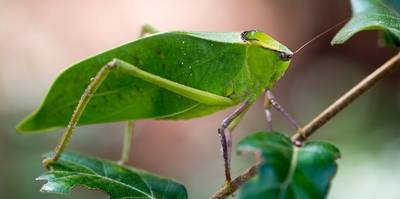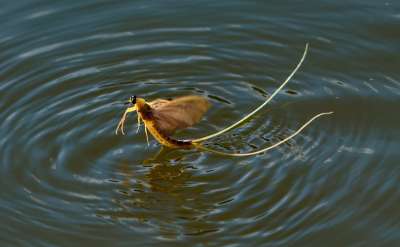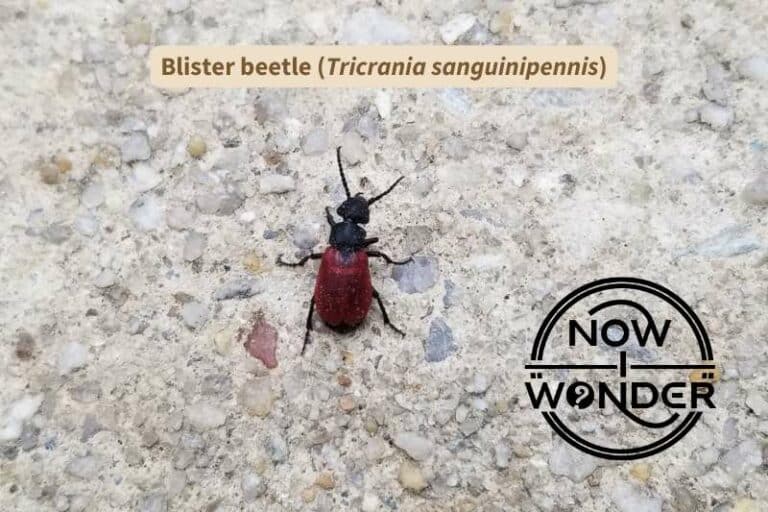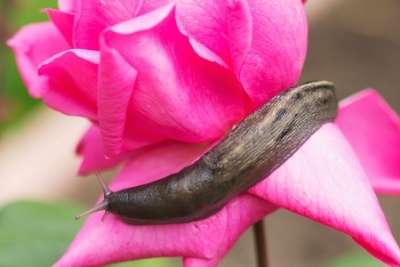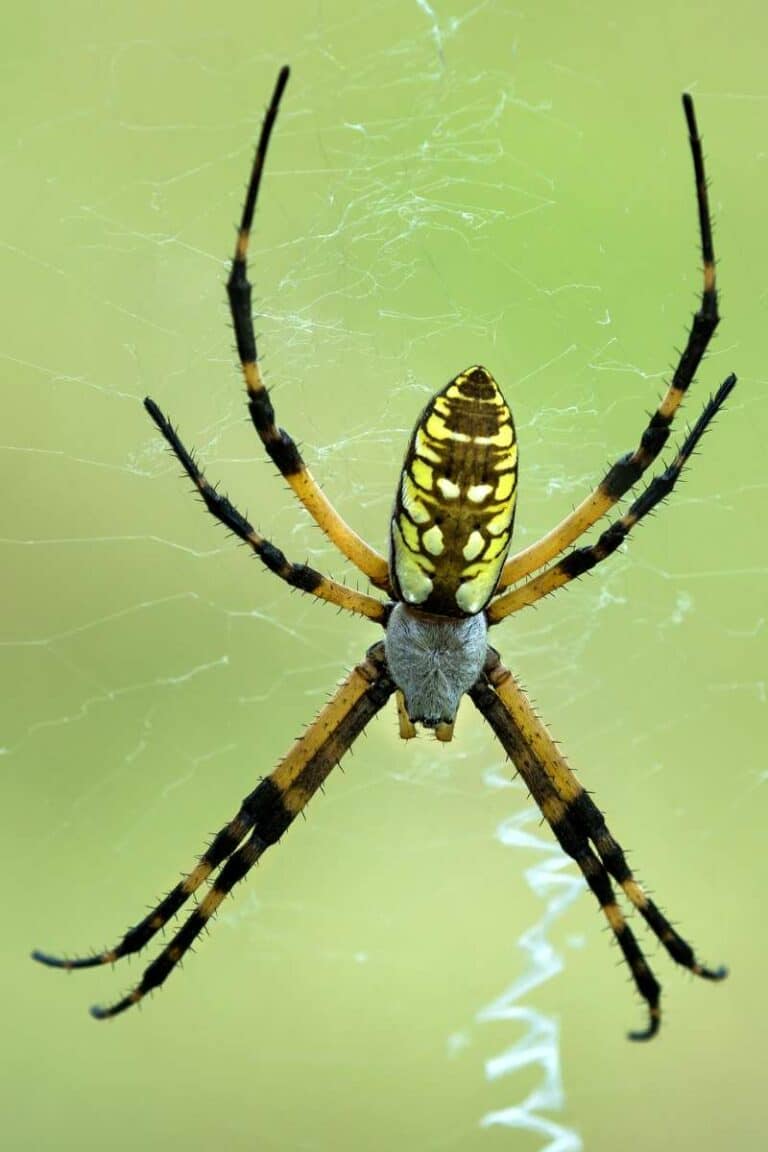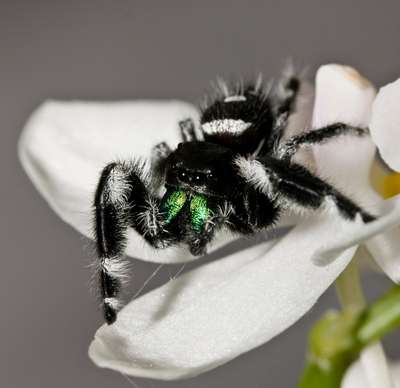Baby butterflies look different from adults. Correctly called “caterpillars”, baby butterflies are long, cylindrical, soft-bodied, and lack wings. They have simple eyes, chewing mouthparts, three pairs of true legs and five pairs of prolegs, and usually bristles, warty tubercles, or spines.
Butterflies are “holometabolic” insects. They undergo complete metamorphosis, which means they grow through four distinct life stages: egg, larva, pupa, and adult. Caterpillars are the larval life stage.

Basic Anatomy of Baby Butterflies / Caterpillars
Caterpillar Heads
A caterpillar’s body starts with its head. In some species, like the North Carolina skippers Silver-spotted Skipper (Epargyreus clarus) and Common Checkered Skipper (Pyrgus communis), the head is large and spherical.
To learn more about skipper butterflies, check out these other Now I Wonder posts:
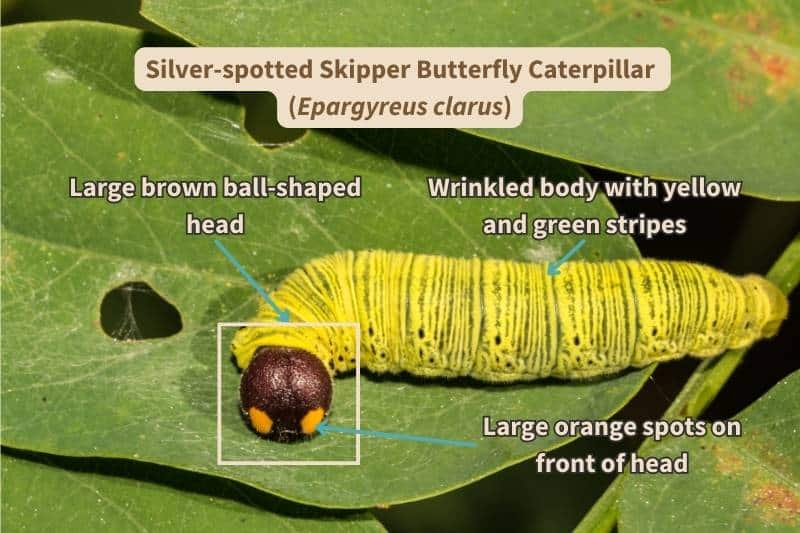
In other species, like all swallowtail butterflies except for the Pipevine Swallowtail (Battus philenor), the head is hidden beneath the first thoracic segment (Wagner 2005).
The heads of most caterpillars are divided by a Y-shaped line. The line starts on the top of their head and splits in the middle of their faces. The triangular section formed by the Y-line is called the “frons”.
The frons contains a narrow plate called the “clypeus”. A single, short antenna sits on either side of the clypeus. The bottom of the clypeus ends in the caterpillar’s “labrum”. A caterpillar uses its labrum to grab hold of a leaf and hold it steady while the caterpillar chews it up.
Caterpillars have six lateral eyes called “stemmata” (singular “stemma”). These eyes are usually arranged in a semi-circle along the sides of their heads. A “labial spinneret” sits at the bottom of the caterpillar’s head. Caterpillars spin silk by discharging liquid silk through this spinneret. The liquid silk turns into a solid fiber when it touches air (Wagner 2005).
Caterpillar Thoraxes
After the head comes the caterpillar’s three thoracic segments. The first thoracic segment is covered with a plate called the “thoracic shield”. The appearance of the thoracic shield differs by species.
Each thoracic segment bears a pair of short, stubby, “true legs” that end in tiny claws. Caterpillars use their clawed legs to move around and grip vegetation. Their legs and claws are under conscious control. Caterpillars hold tightly to the leaves upon which they are feeding. But when threatened, some baby butterflies release their grip and fall to the ground.
Some baby butterflies have a special organ called an “osmeterium”. The osmeterium is normally tucked away between the head and first thoracic segment. But when threatened, the caterpillar can inflate its osmeterium with hemolyph. Hemolymph is the insect equivalent of blood. The increased pressure forces the osmeterium out from between the head and thorax. The osmeterium is bright red and forked and the caterpillar waves it around. It’s resemblance to a snake’s tongue scares some predators away.
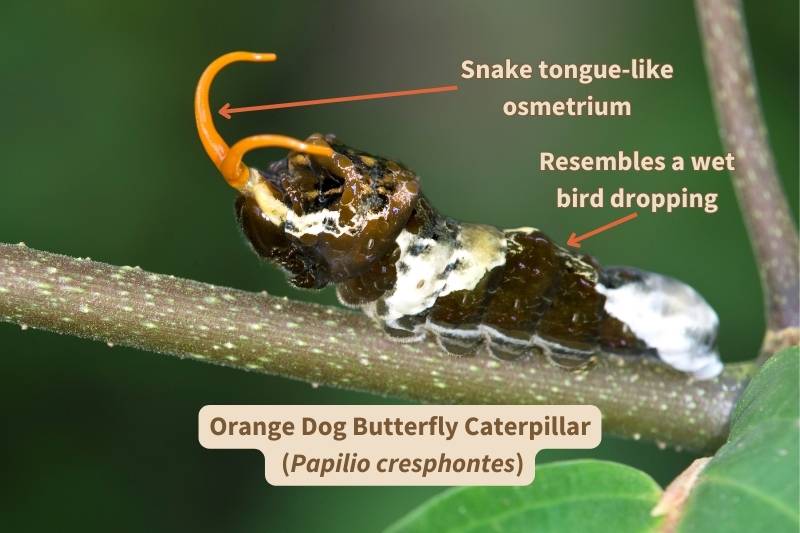
Caterpillar Abdomens
The final body section is the abdomen. Caterpillars have ten abdominal segments. The third through fifth and tenth segments each bear a pair of soft “prolegs”. Each proleg ends in tiny hooks called “crochets”.
Crochets grip the surfaces of leaves so caterpillars can feed without falling off.
Tiny breathing pores called “spiracles” dot the sides of caterpillars’ bodies. The first thoracic segment and the first eight abdominal segments all have spiracles. The largest spiracles are on the first thoracic and the eighth abdominal segment (Wagner 2005).
Colors and Shapes of Baby Butterflies
Caterpillars, or “baby butterflies”, can be any color. Some species are green, while others are brown, red, orange, black, or white. Many are multi-colored and decorated with stripes, bands, or lines.
Stripes run lengthwise down a caterpillar’s body, from head towards abdomen. Bands are color markings that wrap around the caterpillar’s body, from one side to another. Lines are shorter than either stripes or bands and can be anywhere on a caterpillar’s body.
Many caterpillars have markings around their breathing spiracles.
Some caterpillars have smooth skin. Others have bristles, spikes, branched spines, or fleshy, wart-like projections. Bristles are also called “setae”. Setae are short hairs that can be sparse or thickly distributed over a caterpillar’s body. Spikes are long, unbranched, hard projections. Branched spines start as spikes but split along the shaft into a series of smaller points. The fleshy, wart-like bumps seen on some caterpillars are called “tubercles”.
Here are some examples that show how different baby butterflies of different species can look.
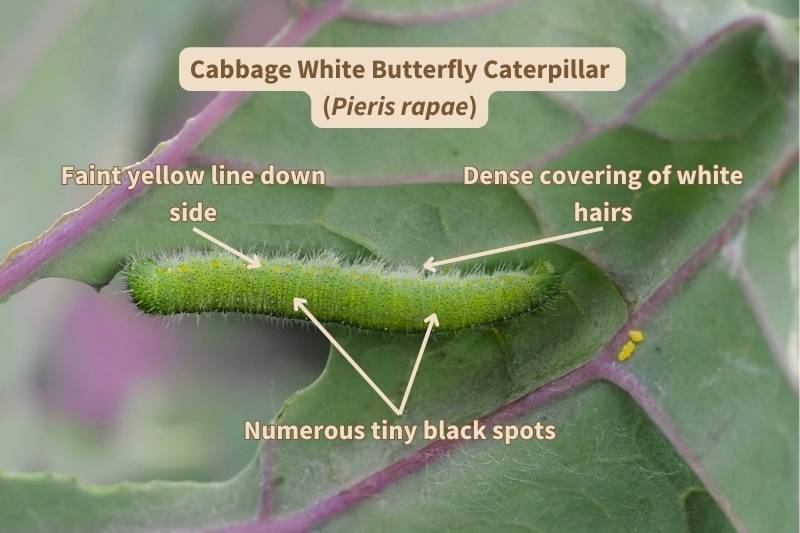
To learn more, check out this other Now I Wonder post: Cabbage White (Pieris rapae).
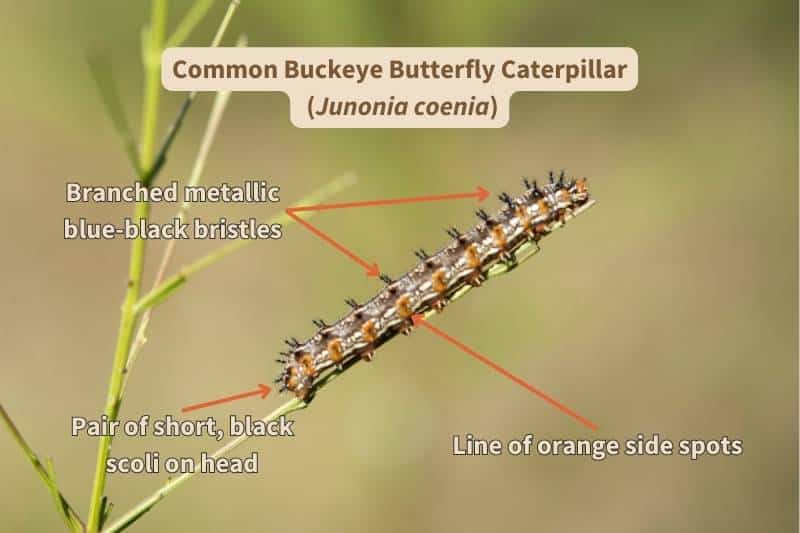
To learn more, check out this other Now I Wonder post: Common Buckeye (Junonia coenia).
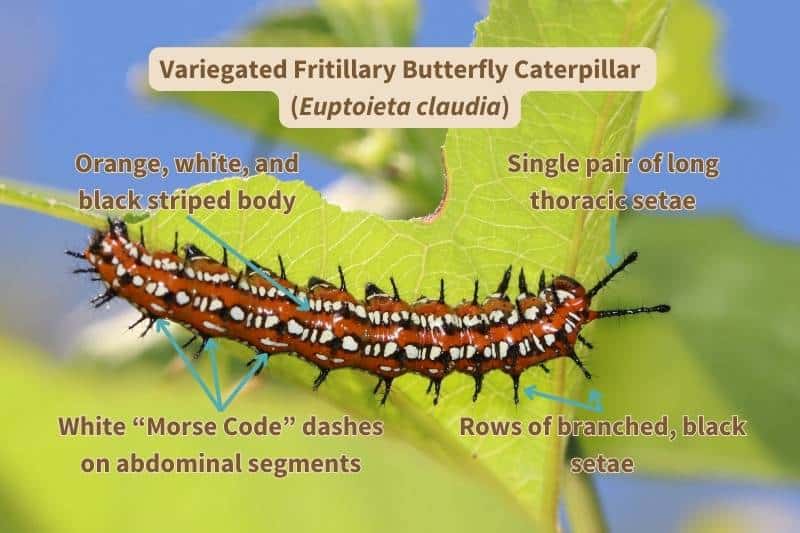
To learn more, check out this other Now I Wonder post: Variegated Fritillary (Euptoeita claudia).
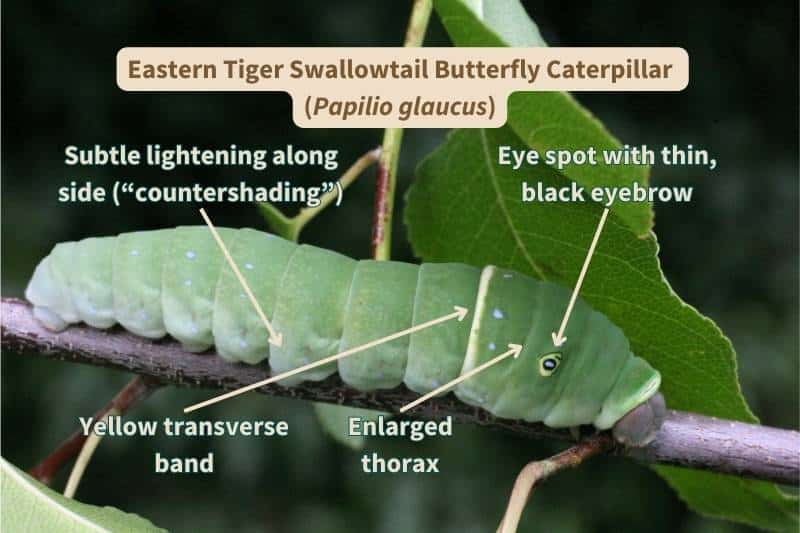
To learn more, check out this other Now I Wonder post: Eastern Tiger Swallowtail (Papilio glaucus).
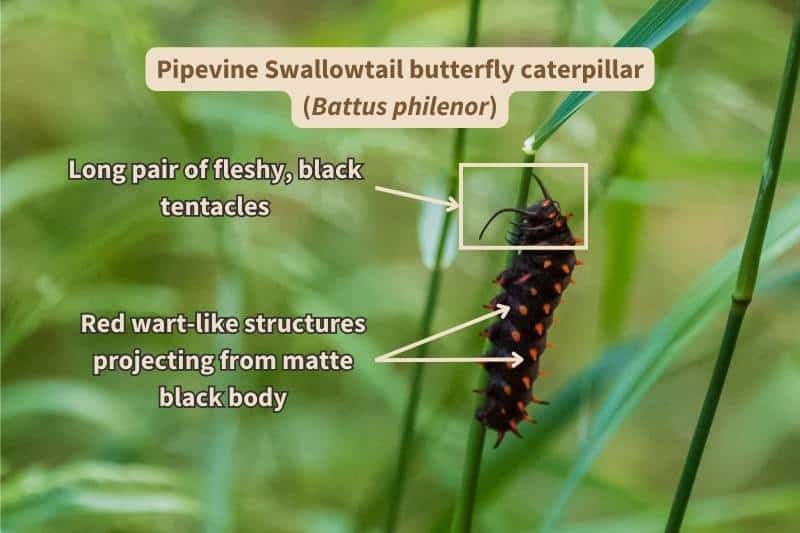
To learn more about this species, check out this other Now I Wonder post: Pipevine Swallowtail (Battus philenor).
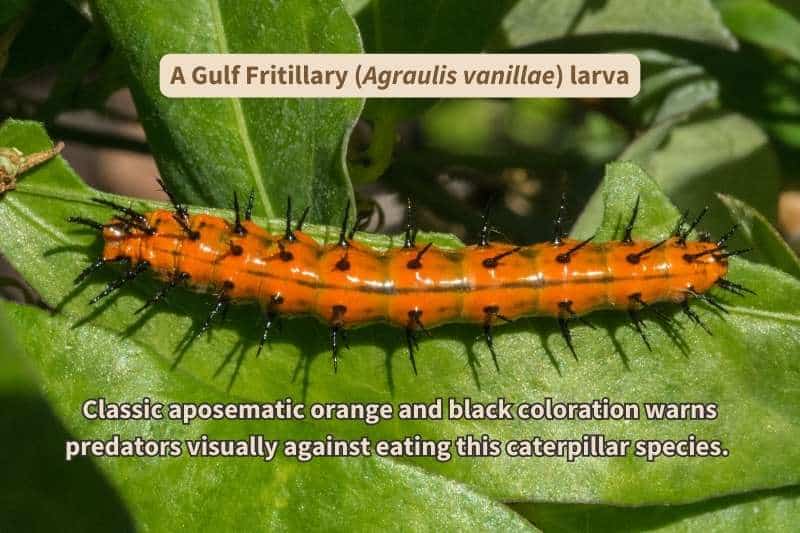
To learn more about this species, check out this other Now I Wonder post: Gulf Fritillary (Agraulis vanillae).
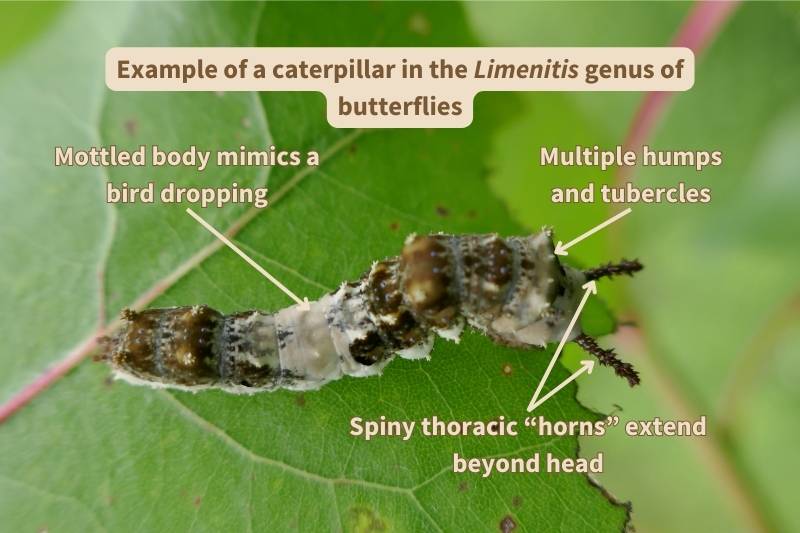
To learn more about this species, check out this other Now I Wonder post: Red-spotted Purple Butterfly (Limenitis arthemis astyanax)
Baby butterflies change appearance over time
Individual caterpillars change appearance as they age.
First, they get much bigger. Baby butterflies are quite small when they first hatch from their eggs. But caterpillars are eating machines. Their goal is to eat as much as possible. They have to consume enough energy to eventually metamorphose into adult butterflies. Some caterpillars grow so much they increase their mass more than a thousand times (Wagner 2005).
But caterpillar skin doesn’t stretch. As a baby butterfly feeds and gains weight, its skin gets tighter and tighter. The outward pressure against their tight skin splits the skin open. This is called “molting”. The caterpillar crawls out of its discarded skin and resumes feeding. The periods between molts are called “instars”.
A caterpillar can change appearance from one instar to the next. One example is the well-known Monarch butterfly (Danaus plexippus). Baby Monarch caterpillars have dark brown heads and very pale bodies. Their skin is nearly translucent. After they molt into their second instar, their skin becomes opaque. They develop thin bands of yellow, white, and black. They also develop two pairs of black tentacles. One long pair grows from their second thoracic segment. The second shorter pair grows from their eighth abdominal segment.
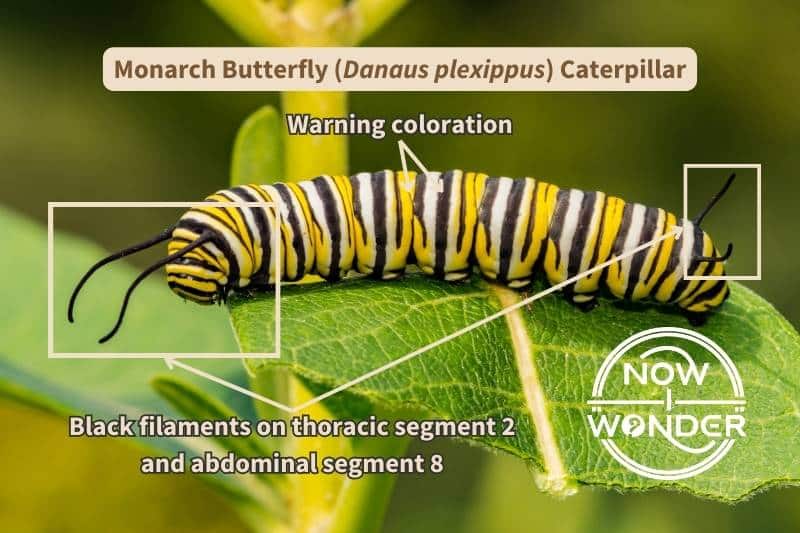
To learn more about this species, check out this other Now I Wonder post: Monarch (Danaus plexippus).
Most baby butterflies molt five or six times. The last molt reveals the skin of the pupal case or “chrysalis”.
Baby butterflies transform into adults
Baby butterflies don’t transform from wingless caterpillars to winged adults directly. They must metamorphose inside special pupal cases called chrysalids.
A chrysalis is a tough, weather-proof case that engulfs the last instar caterpillar. Chrysalids dangle from vegetation or rest upright, anchored by silk lines.
Like caterpillars, chrysalids come in a wide variety of shapes, colors, and patterns.
Some, like those of North Carolina’s Hackberry Butterfly (Asterocampa celtis) mimic green leaves. Others, like those of the Gulf Fritillary (Agraulis vanillae) mimic dried, dead leaves. And the chrysalids of other species are beautiful, ornate sculptures, decorated with metallic gold, silver, and bronze.
For example, the Monarch butterfly’s chrysalis is a smooth, plump case about 0.875 inches (22 mm) long. It is jade green and opaque, with a metallic gold and black seam along the front curve and small golden dots at the bottom.
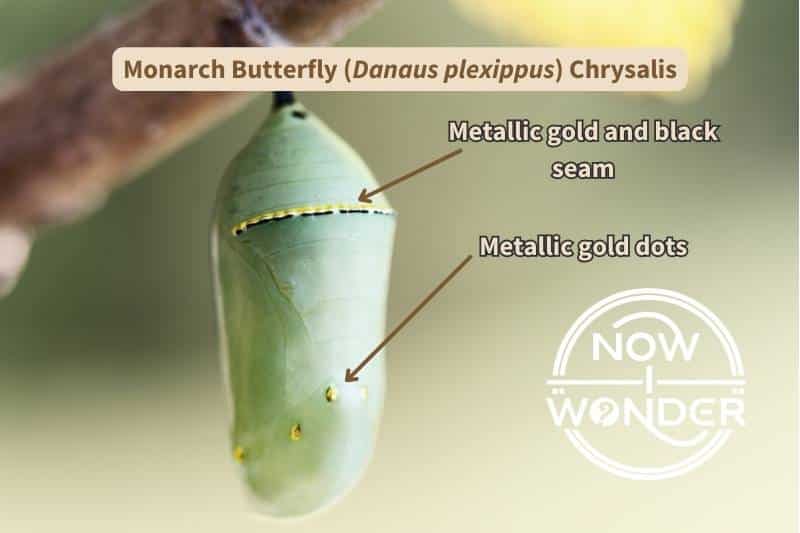
Inside each chrysalis, the caterpillar’s body tissues liquefy. The caterpillar’s original simple eyes, chewing mouthparts, and legs dissolve and don’t re-develop. Instead, the pupal butterfly rebuilds its tissues into the familiar, winged adult form.

Eventually, the adult butterfly is ready to emerge. The chrysalis turns transparent, revealing the tightly packed butterfly. Then the chrysalis splits open and the young adult butterfly crawls out.
It is wet and crumpled from being compacted within the small space of the chrysalis. The young butterfly dangles upside down next to its chrysalis. It pumps hemolymph into its wings, which expand and dry. Once the butterfly’s wings stiffen, it flutters off, ready to start the cycle all over again.
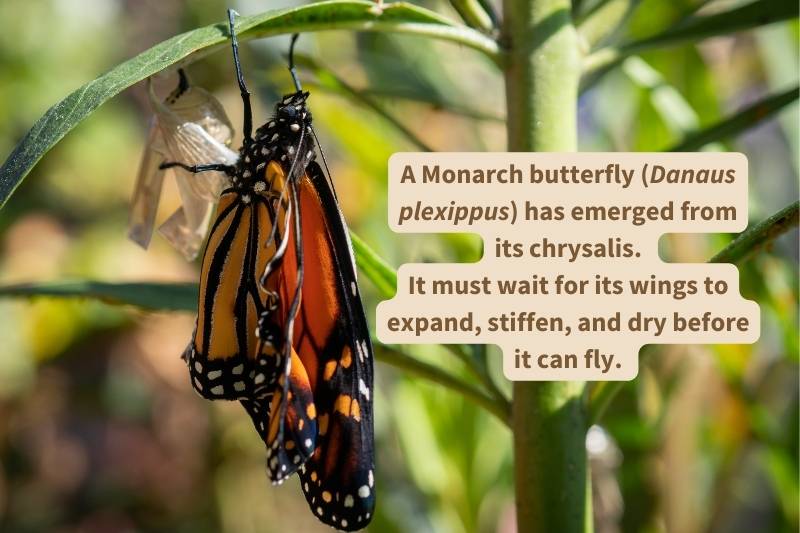
References
Wagner, David L., 2005. Princeton Field Guides: Caterpillars of Eastern North America. Princeton, NJ: Princeton University Press.

